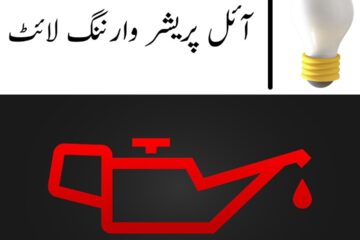Introduction
A common source of automotive anxiety is the check engine light. Also called the engine warning light, this dash-board illuminator usually signals a problem with the vehicle’s emissions control system. However, depending on the make and model of your car, it could also indicate issues with the oxygen sensor, spark plugs, or catalytic converter. In some cases, it might even be something as simple as a loose gas cap.
The best course of action if your check engine light comes on is to take your car to a qualified mechanic and have them run a diagnostic test. This will help determine the root cause of the problem so that it can be fixed in a timely and efficient manner.
What Does the Check Engine Light Mean?
The check engine light is a generic trouble code that indicates something is wrong with the emission control system. When the engine computer detects an issue, it will activate the check engine light to let you know that there is a problem.
How Do I Reset the Check Engine Light?
You can usually reset the check engine light by disconnecting the battery for 30 seconds to one minute. This will clear any stored codes in the computer and turn off the check engine light. However, it’s important to note that this does not fix the underlying problem—it just allows you to reset the light so that you can continue driving without it being illuminated on your dash.
Conclusion:
If your check engine light comes on, don’t panic! It could be due to loose engine fuel cap or having a dirty air filter. However, it’s always best to have a qualified mechanic run a diagnostic test to determine the root cause of the problem. Once that’s been taken care of, you can usually reset the check engine light by disconnecting the battery for 30 seconds to one minute.




